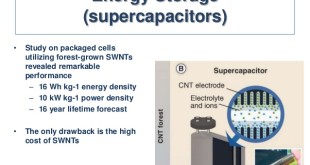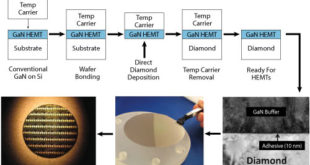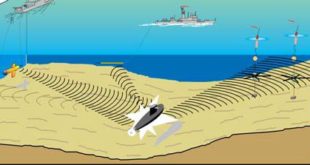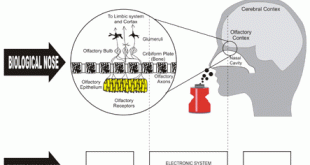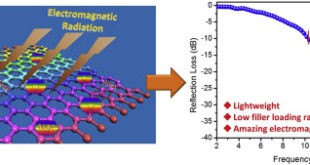An unmanned aerial vehicle, or UAV, refer to a vehicle that is able to fly remotely, either with some sort of controller or autonomously. An unmanned aircraft system, or UAS, includes not only the UAV, itself but also the person on the ground controlling the flight, as well as the …
Read More »Nanotechnology enhanced Supercapacitors, including Graphene and carbon nanotubes (CNTs) provide superfast battery charging in electric vehicles to wearable electronics
The rapid increase in global energy consumption and the environmental impact of traditional energy resources pose serious challenges to human health, energy security, and the environment; and reveal a growing need to develop new types of clean and sustainable energy solutions such as electric vehicles with low exhaust emissions. However the …
Read More »Race for faster, high performance System on Chip (SoC) for 5G, mobile computing, Smartphones, and IoT
A system on a chip or system on chip (SoC) is an integrated circuit (also known as a “chip”) that integrates all components of a computer or other electronic system on a single circuit die. Similar to how a microcontroller integrates a microprocessor with peripheral circuits and memory, an SoC …
Read More »Extremely Low Frequency and Very Low Frequency (ELF/VLF ) Communications for Underground, Underwater, and Hypersonic Flight
Radio frequency (RF) technologies have limitations that cannot fulfill specific requirements. For instance, underground and underwater are challenging environments due to the absorption of high frequency electromagnetic (EM) waves in dense media. For hypersonic communications, Very Low Frequencies (VLF) band signals have large EM wavelengths that can penetrate the plasma …
Read More »GaN on Diamond for next gen Power Devices and High-Power RF applications
Gallium nitride (GaN) is hot. Even hotter is a race to integrate GaN with other materials to boost GaN’s performance further. The power electronics industry has seen the theoretical performance limit reached by silicon MOSFETs and now needs to move to a new element. GaN is a wide bandgap, …
Read More »Multistatic Sonar Technology has become key to Anti Submarine Warfare (ASW) operations
Three decades ago, only a handful of major powers had effective submarine capabilities but, today, fleets in operation around the world are growing rapidly. Emerging superpowers, like China, can add naval capacity equivalent to a European country’s in the space of a few years. The threat from submarines is serious …
Read More »Compact Electronic noses can monitor air quality, diagnoze diseases to biohazards like covid-19, explosives and nerve gas
Government and local law enforcement agencies have employed canines for decades to sniff explosives and such banned goods as fresh produce, exotic wildlife, undeclared currency and illicit drugs. Now researchers are developing electronic noses imitating the sense of smell of humans and animals especially dogs. The smells are composed of molecules, …
Read More »DOD regards Electromagnetic Spectrum (EMS) as a critical battlespace in its own right, and launch it’s Electromagnetic Spectrum Dominance Strategy
Successful military operations depend upon freedom of action in the warfighting domains of air, space, ground, sea, and cyberspace. Today, effective command and control and situational awareness depend upon radio communications and sensors. Domination of the electromagnetic spectrum (EMS) enables joint force commanders to gain tactical, operational, and strategic advantage …
Read More »Metal Organic Framework(MOF) have electromagnetic applications from reducing EMI, enabling stealth platforms to supercapacitor for electromagnetic weapons
Metal–organic frameworks (MOFs) are periodic crystalline one-, two-, or three-dimensional structures composed of two major components: a metal ion or cluster of metal ions and an organic molecule called a linker. For this reason, the materials are often referred to as hybrid organic–inorganic materials. They are a subclass of coordination …
Read More »Future Smart Soliders require Man-portable military electronic systems
The vision for the future soldier is to be combat effective and also highly mobile, adaptive, networked, sustainable with total battle space situation awareness and information assurance. Therefore, he is equipped with night- vision goggles, radios, smartphones, GPS, infrared sights, a laptop as well as batteries to power them. …
Read More » International Defense Security & Technology Your trusted Source for News, Research and Analysis
International Defense Security & Technology Your trusted Source for News, Research and Analysis

